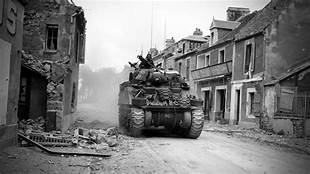In the immediate post-war era, the question of battle honours was a hot topic. Once the CEF was disbanded the dearly won honours would disappear. Many therefore proposed that the CEF units be retained and the old Militia regiments done away with in order to save the honours. The Otter Commission was established to find the solution. Their answer was to link the CEF units with the Militia units from which they had sprung. The new system, called perpetuation, would also retain the battle honours.
The cavalry regiments that fought in Europe did so under their own names and titles and were therefore not involved in the perpetuation question.
The three Canadian tank battalions, which had no battle honours, are disbanded and similarly did not feature in the perpetuation question.
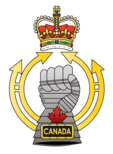
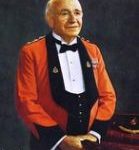
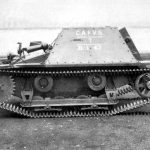
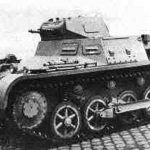
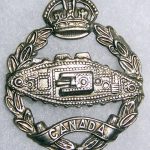


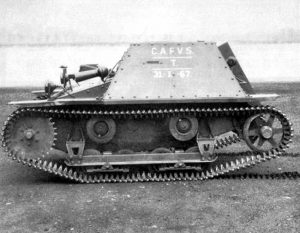 The Carden-Lloyd Carrier was designed by Captain Vivian Loyd and Sir John Carden as a two man, low-cost Machine-Gun Carrier. It was manufactured by Carden-Lloyd Tractors which was purchased by Vickers-Armstrongs in 1927 - then going into mass production for the British Army and other armies.
The Carden-Lloyd Carrier was designed by Captain Vivian Loyd and Sir John Carden as a two man, low-cost Machine-Gun Carrier. It was manufactured by Carden-Lloyd Tractors which was purchased by Vickers-Armstrongs in 1927 - then going into mass production for the British Army and other armies.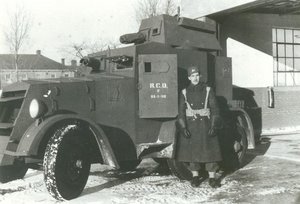
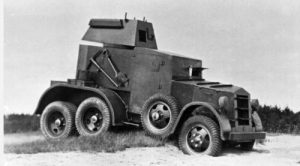
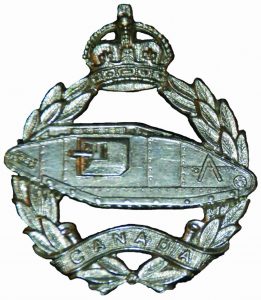 In the fall of 1939, LCol Worthington approached Ottawa to authorize a distinctive cap badge for the CAFVS. This was the second time as he had applied for the same a year earlier and the request was refused. This time, he was successful. The badge is based on the Royal Tank Regiment badge - a First World War tank surrounded by laurel leaves topped by a crown and a scroll with the RTR motto "Fear Naught". The Scroll's motto was replace by the word "Canada".
In the fall of 1939, LCol Worthington approached Ottawa to authorize a distinctive cap badge for the CAFVS. This was the second time as he had applied for the same a year earlier and the request was refused. This time, he was successful. The badge is based on the Royal Tank Regiment badge - a First World War tank surrounded by laurel leaves topped by a crown and a scroll with the RTR motto "Fear Naught". The Scroll's motto was replace by the word "Canada". 